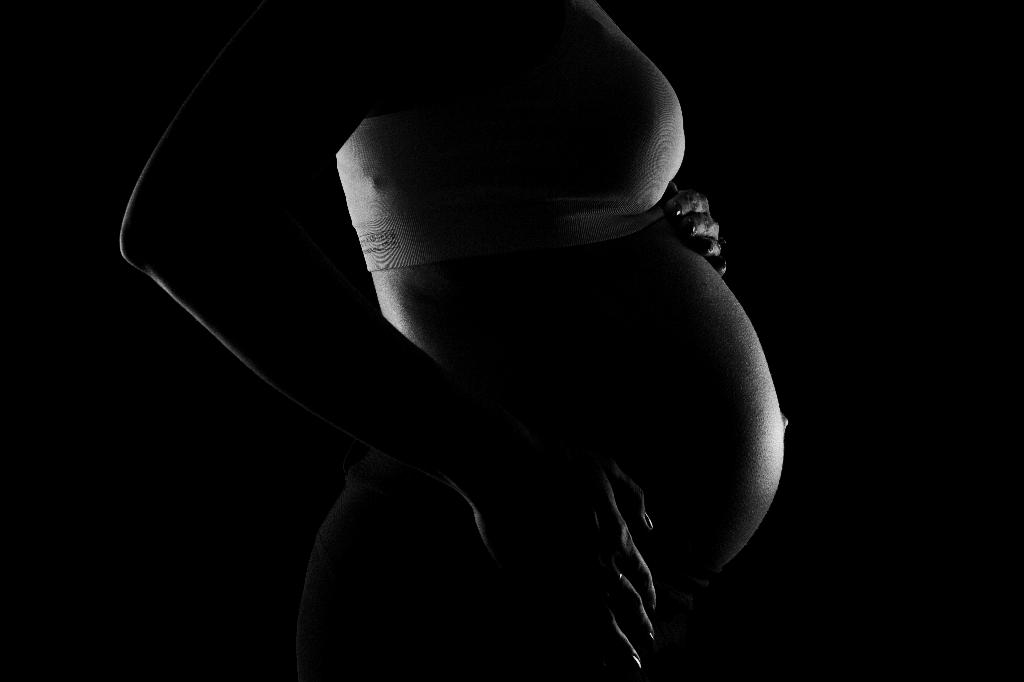One of the key indicators that a goat is about to give birth is the bagging of udders. This refers to the udders becoming more full and prominent, indicating that the goat is preparing to nurse her newborn kids. Interestingly, experienced does may start to bag up as much as a month before giving birth. On the other hand, first-time does may not exhibit this sign until just a week or a few days before delivery. It’s important to note that the size and tightness of the udders can vary between seasoned and first-time does.
Another sign that labor is approaching is the relaxation and swelling of the vulva. The vulva may appear puffy and enlarged as the body gets ready for the birth process. This change is typically more noticeable in the days leading up to kidding. Additionally, the ligaments around the tailhead may become slackened as the pelvic area relaxes in preparation for labor. This relaxation allows for easier passage of the kids during birth.
Observing changes in the doe’s behavior can also provide clues that birth is imminent. As the due date approaches, the pregnant goat may display restlessness or agitation. She might paw at the bedding, vocalize more frequently, or isolate herself from the herd. Some does may also exhibit nesting behavior, such as pawing at the ground or arranging straw in a particular way. These behavioral changes are the doe’s way of preparing for the impending birth.
Physical changes in the goat’s body can also signal that kidding is near. A pregnant goat’s belly will often drop or “fall away” as the kids position themselves for birth. This dropping of the belly typically occurs in the final weeks of pregnancy. Additionally, the ligaments around the tailhead and hips may become looser as the pelvic area relaxes. This can give the goat a more swayed or sunken appearance in her hindquarters.
Monitoring the doe’s appetite can also offer insights into her impending labor. In the days leading up to giving birth, some goats may exhibit a decrease in appetite. This decreased interest in food is normal as the doe’s focus shifts towards labor and delivery. However, it’s essential to ensure that the pregnant goat continues to have access to fresh water and quality forage to support her health and the health of her offspring.
As kidding draws near, a pregnant goat may experience a change in her body temperature. Some does may exhibit a drop in body temperature in the 24 hours leading up to labor. This drop, often referred to as “getting cold under,” can be an indicator that birth is imminent. It’s essential to monitor the doe’s temperature regularly and be prepared to provide assistance if needed during the kidding process.
One of the most definitive signs that a goat is about to give birth is the appearance of vaginal discharge. As labor approaches, the doe may pass a thick, stringy mucus plug from the birth canal. This discharge can be tinged with blood and is a clear indication that kidding is imminent. The presence of vaginal discharge is a signal to prepare for the arrival of the newborn kids.
Physical changes in the doe’s mammary glands can also indicate that she is close to giving birth. In the days leading up to kidding, the udders may become visibly fuller and feel tighter to the touch. This increase in udder size is the body’s way of preparing for milk production to feed the newborn kids. Observing changes in the size and texture of the udders can help predict when labor is approaching.
Close observation of the pregnant goat’s overall posture and movement can provide important clues about her readiness to give birth. As labor approaches, the doe may exhibit signs of discomfort, such as lying down and getting up frequently. She may also assume a more stretched-out posture as the kids’ position for birth. Additionally, some does may exhibit a hunched or pained expression as contractions begin.
Changes in the pregnant goat’s vocalizations can also indicate that she is close to delivering her kids. As labor nears, the doe may vocalize more frequently or loudly. These vocalizations can range from low moans to high-pitched cries. The increased vocal activity is a natural response to the physical discomfort and the process of labor and delivery.
In the final hours before giving birth, a pregnant goat may demonstrate a strong nesting instinct. This instinctive behavior involves the doe preparing a safe and comfortable birthing environment for her kids. She may paw at the ground, dig a nest in the bedding, or arrange straw or hay in a particular manner. The nesting behavior indicates that the doe is close to going into active labor and should be monitored closely.
As labor progresses, the pregnant goat may exhibit signs of straining or pushing as she works to deliver her kids. This straining can be accompanied by vocalizations of effort and discomfort. It’s essential to provide a calm and supportive environment for the doe during this critical stage of labor. Offering reassurance and assistance as needed can help ensure a smooth and successful kidding process.
Once the pregnant goat has delivered her kids, it’s crucial to monitor her closely for any signs of postpartum complications. Watch for the expulsion of the placenta, which should occur within a few hours of kidding. Additionally, observe the doe for normal maternal behaviors, such as cleaning and bonding with her newborn kids. Promptly address any concerns or issues that arise to support the health and well-being of both the doe and her offspring.

